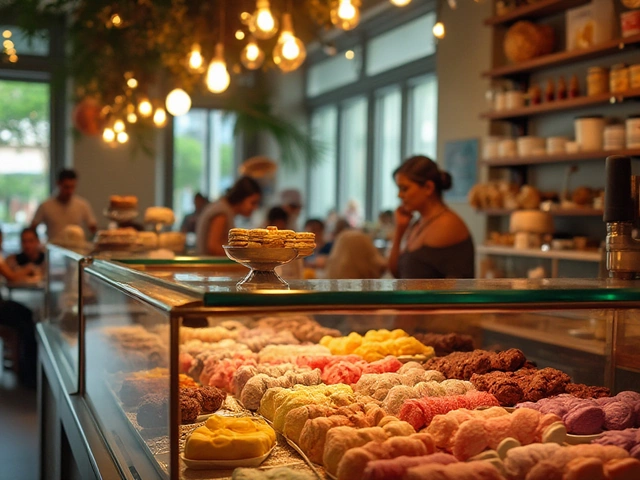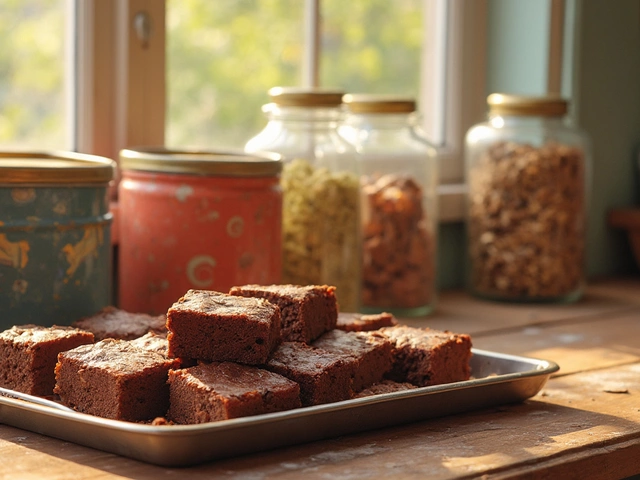M&M Ingredients: What’s Inside Your Favorite Candy?
If you’ve ever popped an M&M into your mouth, you’ve probably wondered what makes it taste so distinct. The answer lies in a short list of everyday food items that are blended together in a precise way. Below is a straightforward rundown of what’s really inside those candy-coated chocolate beads.
Core Ingredients of Classic M&Ms
The classic milk‑chocolate M&M starts with a simple base: sugar, corn syrup, and cocoa butter. Sugar gives the sweetness, corn syrup keeps the texture smooth, and cocoa butter provides that melt‑in‑your‑mouth feel. Next comes the chocolate itself – a mix of cocoa powder, milk solids, and a pinch of salt for balance. All of these are formed into a tiny chocolate disc that’s later coated.
The iconic colored shell is another set of ingredients. It’s made from a blend of sugar, corn syrup, and a food‑grade fat (often palm oil). The bright colors come from synthetic food dyes like Red 40, Yellow 5, Blue 1, and others. These dyes are approved for consumption, but some people prefer natural alternatives.
Finally, a thin layer of confectioners’ glaze (a waxy coating) is added to give M&Ms their glossy finish and protect the color from fading. The glaze is typically made from carnauba wax, which is plant‑based and safe for most eaters.
Special Editions & Dietary Considerations
Beyond the classic version, M&Ms come in many flavors – peanut, almond, pretzel, caramel, and even seasonal shapes. Each adds a new ingredient. Peanut M&Ms, for example, have roasted peanuts and a touch of soy lecithin as an emulsion stabilizer. Almond and pretzel versions follow the same pattern with the respective nut or crunchy element.
People often ask if there are vegan M&Ms. The standard milk‑chocolate version uses dairy, so it’s not vegan. However, Mars does produce a dark‑chocolate line in some markets that omits milk solids. The coating and colorings remain the same, but the chocolate base swaps milk for extra cocoa butter and soy‑based emulsifiers. Always check the packaging for “dark chocolate” or “vegan” labels.
Allergen info is clearly listed on the package. Besides milk, M&Ms may contain soy, wheat (in some flavors), and nuts. If you have a severe allergy, it’s safest to read the ingredient list and look for cross‑contamination warnings. The manufacturing facilities use shared equipment, so trace amounts of other allergens can appear.
For those watching calories, a single M&M is about 3‑4 calories. The sugar content is the biggest contributor, so moderation is key if you’re counting carbs. The shell adds a small amount of fat from the coating oil, but the overall fat content stays low compared to a regular chocolate bar.
In short, M&Ms are a mix of sugar, corn syrup, cocoa butter, chocolate, food dyes, and a protective glaze. Variations introduce nuts, pretzels, or caramel, and vegan options exist only in specific dark‑chocolate lines. Knowing what’s inside helps you decide which version fits your diet and taste buds.






